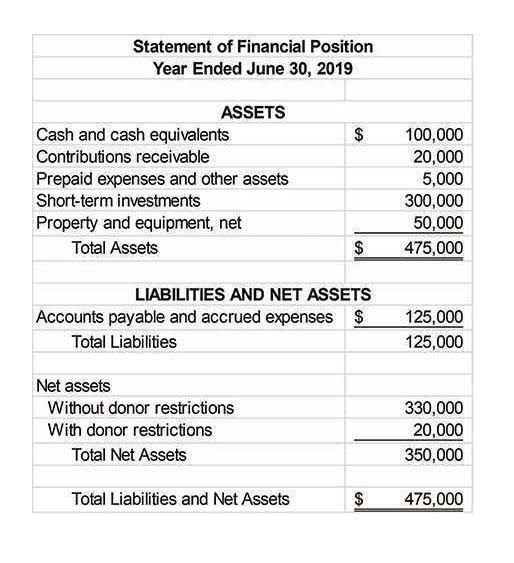
For most companies, these transactions occur with other parties, for example, customers and suppliers. Moreover, companies may also conduct accounting transactions internally, which they must record. For most outsiders, these statements may look straightforward. However, it involves a comprehensive process that includes several steps. Most accounting systems transaction analysis accounting take financial transactions as a source.

What is a ledger?
It is not recorded in recording transactions the accounts book if there is a credit transaction. Only events that can be measured in terms of money or resulting in a change in financial position are considered transactions. In the other example, the utility expense would have been recorded in August (the period when the invoice was paid). Even though the charges relate to services incurred in July, the cash method of financial accounting requires expenses to be recorded when they are paid, not when they occur.
What is your current financial priority?
- While transactions are activities occurring between any parties, accounting transactions are different.
- So it is a valid business transaction, which you must make part of your business’s accounting record.
- Try our payroll software in a free, no-obligation 30-day trial.
- These entries are first documented in a journal and then posted to the general ledger.
- Things get a little complicated when it comes to transactions in accounting.
- If a journal entry is created directly in an accounting software package, the software will refuse to accept the entry unless debits equal credits.
- A certified public accountant (CPA) is a type of professional accountant with more training and experience than a typical accountant.
Below will be accounting for an asset that has been purchased upfront. Kathy owns a florist shop, and to expand her business with deliveries, she bought a second-hand delivery van worth $30,000. Members of financial accounting can carry several different professional designations. An external transaction is an exchange between the company and another entity. Buying goods from a third party vendor https://www.facebook.com/BooksTimeInc is a good example of an external transaction.
Record to Report

You can go to an insurance provider directly and pay them for the service. That would be a transaction in the traditional sense of the word. The seller accepts the payment and delivers the service or product in kind. Our writing and editorial staff are a team of experts holding advanced financial designations and have written for most major financial media publications. Our work has been directly cited by organizations including Entrepreneur, Business Insider, Investopedia, Forbes, CNBC, and many others.
A transaction is a business event that has a monetary impact on an entity’s financial statements, and is recorded as an entry in its accounting records. A larger business will have thousands of transactions, all of which must be recorded in its accounting system. The system is then used to summarize these transactions into a set of financial statements, which are produced following the end of each reporting period. A transaction is a completed agreement between a buyer and a seller to exchange goods, services, or financial assets in return for money. In business bookkeeping, this plain definition can get tricky. A transaction may be recorded by a company earlier or later depending on whether it uses accrual accounting or cash accounting.

Then, each loan payment will be individual transactions until you pay off the loan. Remember that most loans have interest rates, so you will have to create an interest expense account in your books. Your second customer purchases $50 worth of products using a credit card. Again, the sale is one transaction even though the customer purchases multiple items. To record the deposit in your books, debit the cash account $1,000 and credit the owner’s equity account the same amount.
Let’s say a business sells $10,000 worth of widgets to a customer in March. The company recognizes the sale only after the cash is received in April. These entries will, of course, be made in two different asset accounts, but the amount will be equal. If he introduces any additional capital, an entry will be made on the credit side of his capital account.
